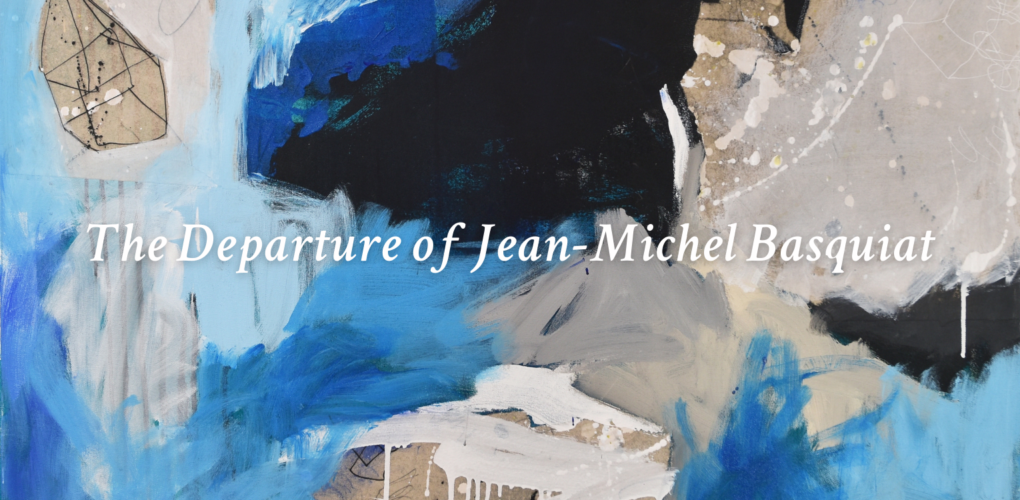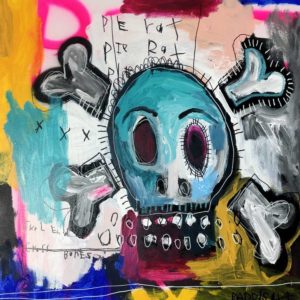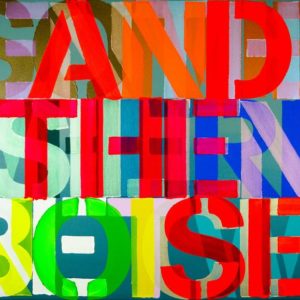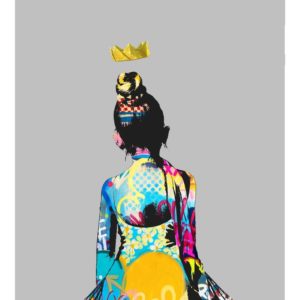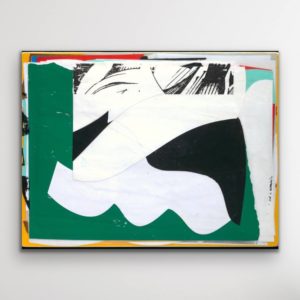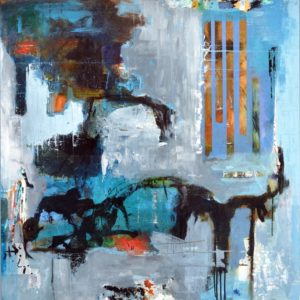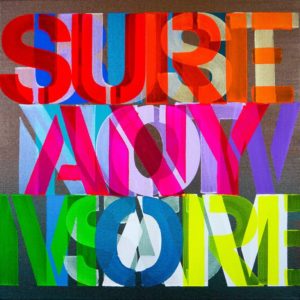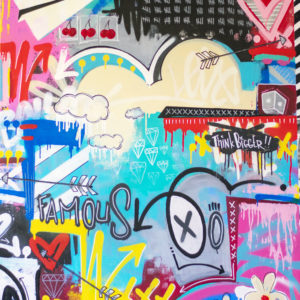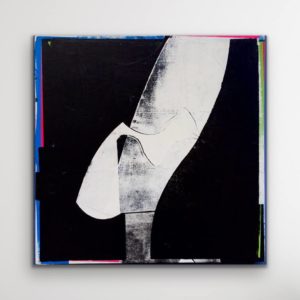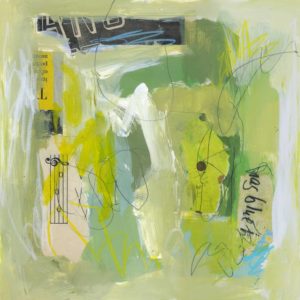Art History 101
The Departure of Jean-Michel Basquiat
“Believe it or not, I can actually draw.” — Jean-Michel Basquiat
With a fame that endures to this day, Jean-Michel Basquiat explored cultural phenomena throughout his eight-year career. Parallel to European Expressionism, Basquiat is renowned for his graffiti-inspired works imbued with black identity and robust self-expression.
Born in Brooklyn in 1960 to a Haitian father and a Puerto-Rican mother, Basquiat left home at the age of fifteen and took to the streets, immersing himself in Lower East Manhattan with a group of filmmakers, artists, and musicians. It was during that time he first became known for his graffiti collaboration with Al Diaz, called SAMO — a series of cryptic and satirical statements on traditional art, racism, and other cultural and social topics. Stimulated by pop culture and an obsession with poetic expression, Basquiat started painting and drawing in 1981. Basquiat took his street art motifs to the canvas and was swiftly embraced by the art world for his confluence of collage, graffiti, comic book motifs, mythological themes, and accessible narratives. By 1983 he had been included in the Whitney’s Biennial exhibition and two solo shows at Gagosian.
Skull-like faces, protruding eyes, and visible teeth are typical motifs in Basquiat’s work. With bold color palettes and unrestrained brushstrokes, his work exudes a strong sense of emotion and narrative. Basquiat’s work is a mirror that not only expresses his creativity and imagination but also reflects reality and provides a social commentary. Although his work is often described by critics as angry, controversial, and politically radical, the distortions on Basquiat’s canvas are the very distortions that exist in contemporary society.
The young artist’s life ended tragically at the age of twenty-seven, after having produced thousands of paintings and drawings during his short yet glorious career. Basquiat has undeniably left a remarkable legacy that continues to influence artists and creators today.
Nathan Paddison

Inspired by his personal experience, Nathan Paddison’s paintings are raw and evocative. Echoing Basquiat’s bold brushstrokes and the use of text, Nathan is adept at depicting figures with exaggerated lines accompanied by brief yet impactful words. He trusts his imagination completely and leaves his emotions and feelings all on the canvas. See more of Nathan’s work here.
Niki Hare

Self-taught artist Niki Hare’s series of word paintings are recreations of street culture. Just as graffiti cannot be modified, Niki never intentionally controls the destination of the words in her paintings, which are constantly being created and buried. Each layer of text is recorded on the canvas and highlighted by vibrant fluorescent colors. See more of Niki’s work here.
Bollee Patino

Drawing inspiration from his graffiti background, Bollee Patino brings the same elements and mediums to the canvas. By utilizing acrylic and spray paint, Bollee fills his canvas with neon-like colors and pop symbols. Unlike Basquiat’s primitive style, Bollee utilizes childhood images and cartoons to relay a sense of complexity and conflict. See more of Bollee’s work here.
Michael Cutlip

Similarly to Basquiat, Michael Cutlip was exposed to artistic endeavors at a young age, and his work is heavily influenced by graffiti and street art. As a mix media artist, Michael adds collage elements to his paintings—effortlessly balancing the relationship between color and texture through the skillful manipulation of paint and paper. See more of Michael’s work here.
Linda O’Neill

Abstract Expressionist artist Linda O’Neill communicates her therapeutic art practice through multi-layered colors, shapes, and lines. In a staggering display of layered brushstrokes, Linda paints intuitively with the goal of comforting the viewer and herself. Inspired by nature, Linda’s paintings are a combination of pure abstraction of the natural landscape and deep, emotional expression. See more of Linda’s work here.
Love reading about all things art? You can have articles from Canvas, curated collections, and stories about emerging artists delivered straight to your inbox. Sign up for the Saatchi Art Newsletter.
